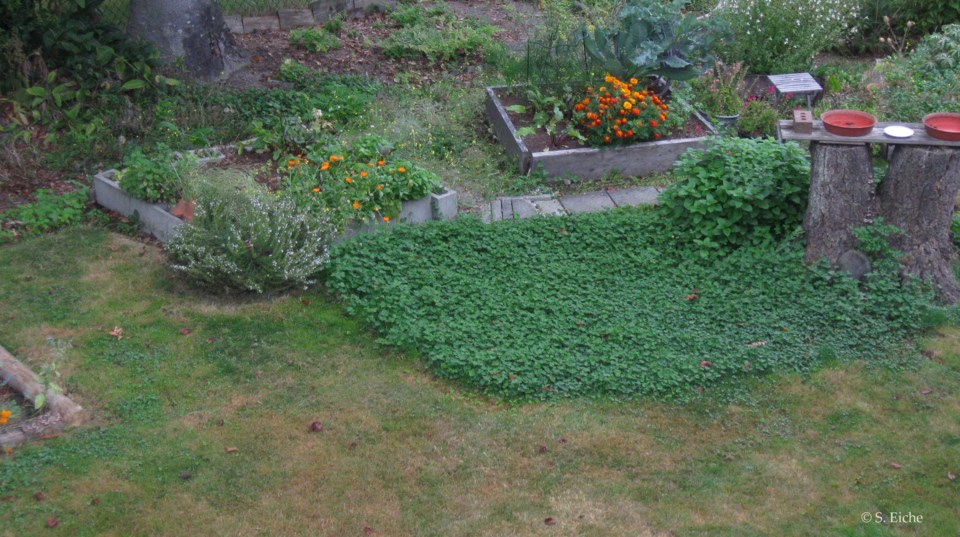For me, the best thing about this past hot, dry summer was the increasing number of brown lawns I’ve been seeing in the neighbourhood. It means more residents have resisted wasting a precious resource – water – in the carefree way they used to. Whether it’s because of costs or because people have in fact developed an environmental conscience, the result is the same.
Sweden had a brilliant idea to encourage water conservation this year. The island of Gotland held a competition for the ‘ugliest’ lawn. In other words, the browner your lawn, the more likely you were to win, and the prouder you could be. What if Richmond launched such a competition? It could be a major public event, possibly the first of its kind in Canada. Richmond already has the honour of being the first in Western Canada to have started growing a Miyawaki pocket forest; why not add another distinction to the list?
Your brown lawn reveals more than just water conservation. It reveals that you’ve avoided using fertilizer and weed killer, both fierce enemies of the environment. You can go a step further and remove your grass altogether. By doing so, you’ll be rid not only of a thirsty, high-maintenance burden but also of the frequent need for the gas-powered lawn mower, weed whacker and leaf-blower, all of which create atmospheric and noise pollution. I can’t imagine that I’m the only person outraged at being assaulted by the foul stink of exhaust fumes and high-decibel racket whenever a lawn-maintenance crew is at work in the neighbourhood. Some locations have outlawed these gas-powered tools, but Richmond not yet.
Alternatives for grass lawns abound, though let me say right away that artificial turf is not one of them. Time and again we read about the dangerous chemicals in the product. According to an article in The Guardian, “artificial turf is made with toxic PFAS compounds and some is still produced with ground-up tires that can contain heavy metals, benzene, VOC’s and other carcinogens that can present a health threat. The material also emits high levels of methane, a potent greenhouse gas, and sheds microplastics and other chemicals into waterways.”
A local company, West Coast Seeds, has been promoting lawn alternatives. One is called the “Alternative lawn blend,” which (according to their website) “forms a low-growing dense ground cover composed of fine fescues, flowers and clover species.” I tried it out on a patch of ground in 2020. While the picture they provide shows masses of blue and yellow wildflowers, what in fact grew in my patch were masses of tufts of fescue grass and a single, lonely blue flower – exactly the opposite of what I wanted. I ended up wasting a great deal of time and energy tearing it all out.
But what West Coast Seeds promotes are certainly not the only lawn alternatives. If you paid close attention to the brown lawns this summer you may have noticed that what stayed green throughout were the so-called weeds. One neighbour has his entire yard, back and front, covered with tiny wild violets and buttercups, which arrived on their own and gradually displaced the grass. They’ve never lost their healthy, fresh look. In my yard, I’m trying to encourage clover to spread everywhere. It doesn’t mind rough treatment, I can mow it with a reel mower, and a lot of foot traffic keeps it short. It seems to thrive on neglect. Best of all, it stays green, makes lots of white flowers throughout the summer and never needs to be watered!
Sabine Eiche is a local writer and art historian with a PhD from Princeton University. She is passionately involved in preserving the environment and protecting nature. Her columns deal with a broad range of topics and often include the history (etymology) of words in order to shed extra light on the subject.



